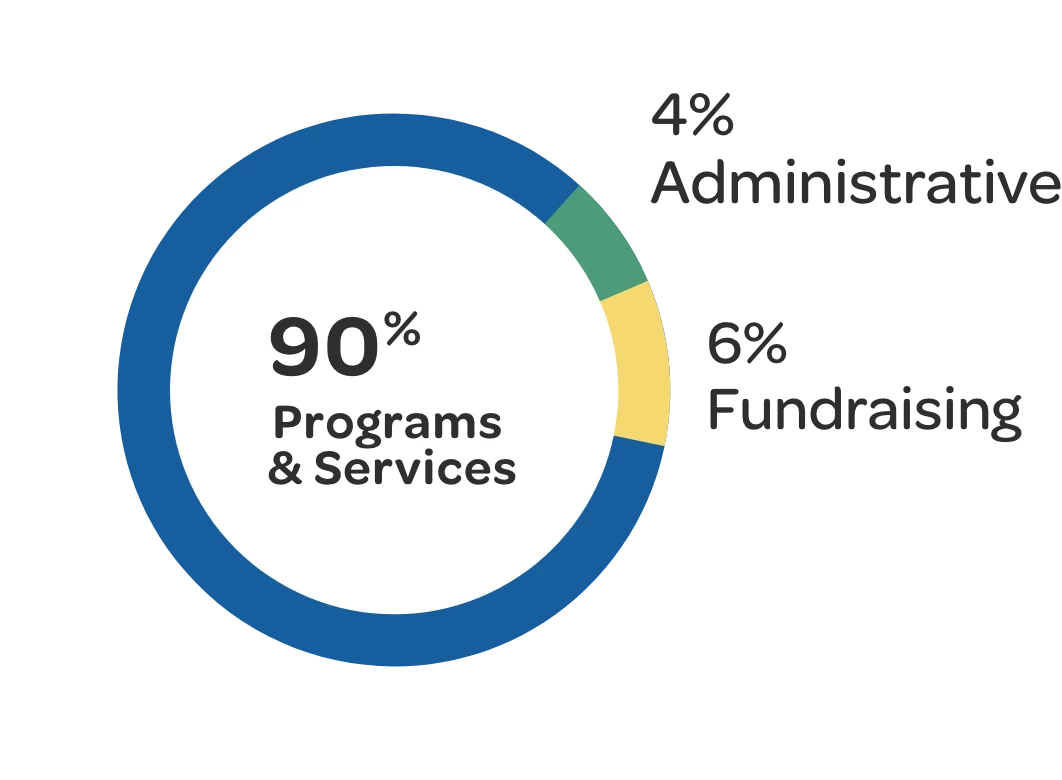CHICAGO — The buses full of migrants arriving from Texas have disappeared. Shelter beds are increasingly empty. And homeless newcomers with nowhere else to go are no longer crowding airports and police stations.
But as Democrats prepare to gather in Chicago, the strain of taking in tens of thousands of new arrivals bused in from the border in recent years is still evident and will be difficult for Vice President Kamala Harris to escape as she accepts her party’s nomination for president.
Immigration activists are expected to protest the Biden administration’s new measures restricting how many people can enter and apply for asylum. The city is facing criticism after clearing several homeless encampments ahead of the Democratic National Convention. And tensions persist among local Democrats over how much the city has had to spend on the newcomers in the absence of more federal dollars.
The friction here reflects a broader struggle in the Democratic Party over how to deal with immigration. While Harris is expected to emphasize border security and highlight the declining number of illegal border crossings, other members of her party are upset at what they see as the Biden administration’s increasingly heavy-handed approach.
“The Democrats have every incentive to get these intraparty debates off center stage,” said John Sides, a political science professor at Vanderbilt University. But he noted party leaders can’t prevent protesters from raising immigration concerns. “What goes on in the streets outside is a different story.”
Chicago became a ground zero for the migration crisis two years ago, when Texas Gov. Greg Abbott (R) started busing migrants north as part of a program relocating them to sanctuary cities. Chicago has received more than 46,000 new arrivals since August 2022, most of those arriving by bus, according to city officials.
The sudden arrival of so many newcomers made the Windy City a front line in the nation’s migrant crisis. Some Chicago Democrats attempted to welcome the arrivals, while others complained that the influx overwhelmed shelters and the social safety net, expanding homeless encampments.











